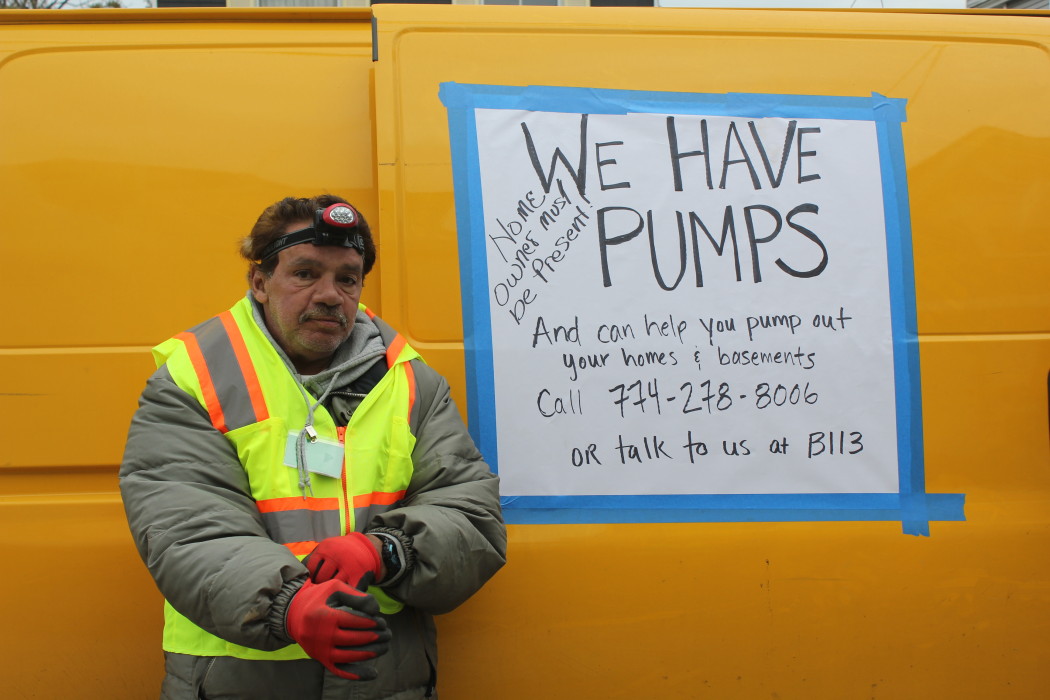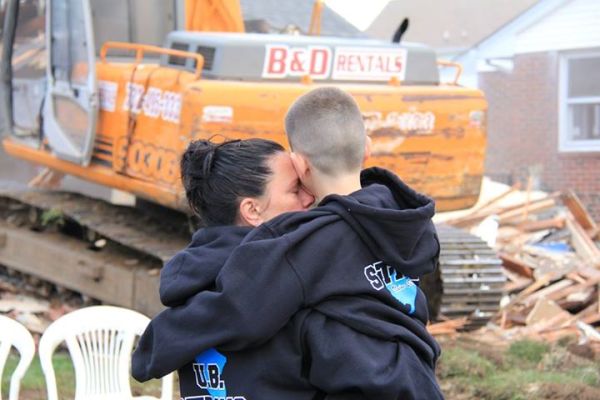When I was reading NYC's Community Development Block Grant Disaster Relief plan, I was amazed. It read like a fantasy novel about a perfectly executed disaster response. In that gripping piece of fiction, massive portable streetlights lights were dispatched immediately, City workers were on every corner, and Bloomberg made sure information about mold was accessible to affected residents as early as October 28 (online of course, which is a great way to inform those at risk of losing power).
In the real-life version, we saw things a little differently. In Rockaway Park, my first home in the Rockaway relief efforts, most residents I spoke to felt completely abandoned by their City officials. There was no power, there were no generators, there were no pumps for clearing out flooded homes, and there was no gas even if there were. One woman I became close with after had spent 25 years of her life as an NYPD officer was in shock at the abandonment she experienced in Sandy's aftermath. She told me, "I played by all the rules. We paid our bills on time, licensed our dogs, went to church, had insurance, but none of that mattered." The only people who approached her to see if she needed help for the first 6 days after the storm were neighbors and volunteers like me.
The first thing we did, my friends and I, when Sandy's destruction became apparent, was try to buy water pumps and generators and more water pumps. They were sold out for hundreds of miles around, so we asked friends in Vermont to buy all they could afford, bring them down, and we could start there. By Thursday, we'd brought 2 gas powered pumps to Rockaway Beach. We didn't have power of course, and many people's cell phones were dead, so we used some old fashioned means of communication: paper signs and word of mouth.At first people asked us how much we were charging, as some had been approached with "services" costing as much as $1200. We were shocked. We had to add the word "FREE" to our sign.
We stayed pretty busy, pumping homes out, into the night, by flashlight. By the next day, word had spread and we started receiving phone calls from people in Staten Island, New Jersey, and Long Beach, because someone had told them they'd found SOMEONE with pumps. We were shocked, and for me it was then that I realized the extent of the absence of the things that people needed the most.

